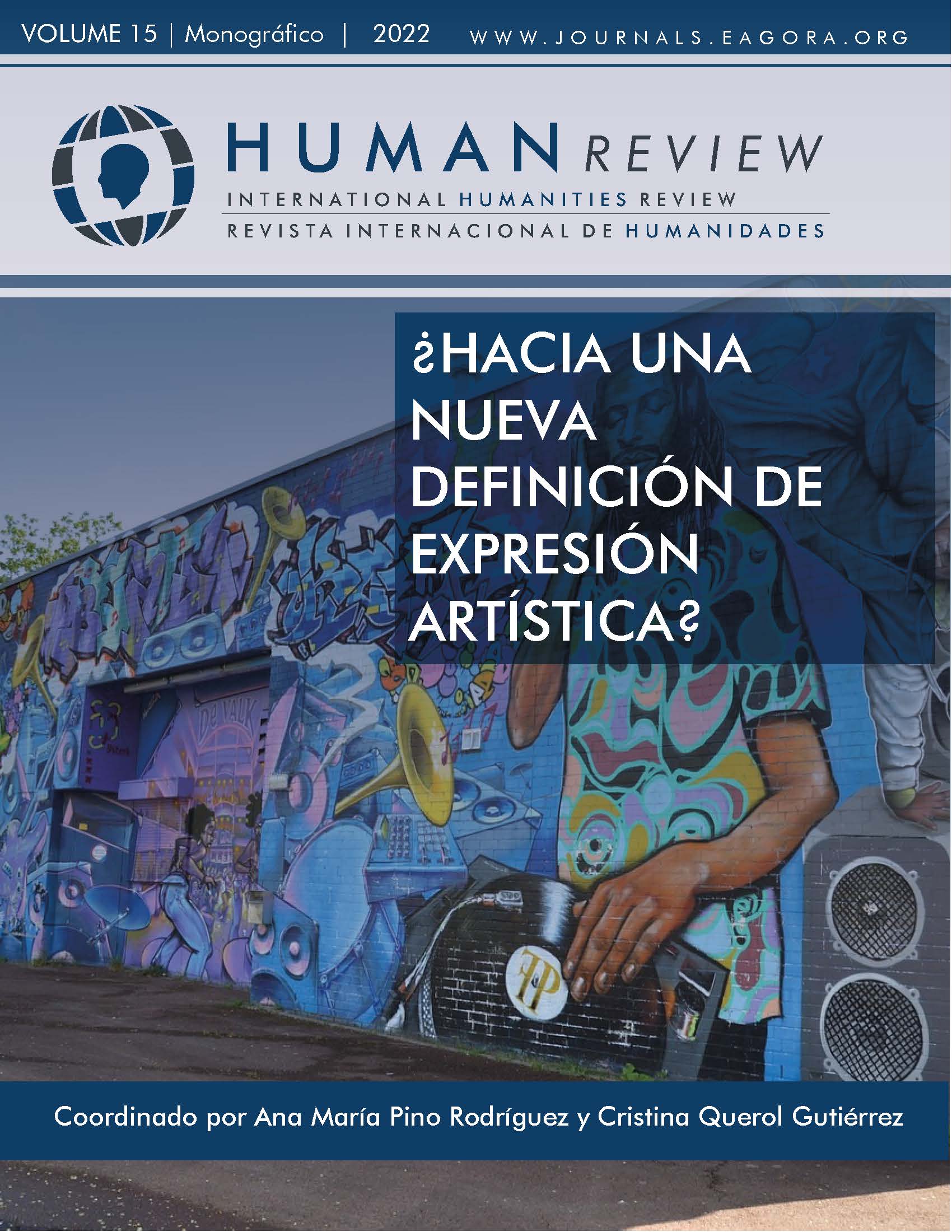André Malraux's journey to China: antimémoires
DOI:
https://doi.org/10.37467/revhuman.v11.4354Keywords:
Malraux, Literature, China, Orient, Travel, Geopolitics, Twentieth centuryAbstract
Malraux's writing forcefully poses the problem of the relations between the real and the imaginary, between action and its representation, between poetry and truth. As this article will show, André Malraux found in his trip to China the inspiration for a new process of artistic creation that culminates in his work Antimémoires, where action and history build the guiding thread of a metaphysical and mythological travel story. Our analysis will show how his life and his work, deeply united, are the two forms of an intense organization of himself, life constructed as work and work narrated as life.
References
AA.VV. Tableau de la littérature française. XVIIe-XVIIIe siècles. Gallimard.
Bernad, J.P. (1972). Le PCF et la question littéraire (1921-1939). Presses Universitaires.
Boisdeffre, P. (1957). André Malraux. Classiques du XXe siècle.
Brombert, V. (1961). The Intellectual Hero (Studies in the novel 1880-1955). Yale University Press.
Caldevilla Domínguez, D., & García García, E. (2014). Antonio Gramsci y las raíces lejanas del Eurocomunismo: el precedente olvidado. Vivat Academia. Revista de Comunicación, 129, 148-179. https://doi.org/10.15178/va.2014.129.148-179 DOI: https://doi.org/10.15178/va.2014.129.148-179
Caute, D. (1967). Le Communisme et les intellectuels français. Gallimard.
Delperrie de Bayac, J. (1968). Les Brigades internationales. Fayard.
De Gaulle, Ch. (1970). Mémoires d’ espoir. Plon.
Gaillard, P. (1970). Malraux. Bordas.
Delperrie de Bayac, J. (1968). Les Brigades internationales. Fayard.
Elgey, G. (1968). La République des illusions. Tomo I. Fayard.
Elgey, G. (1969). La République des illusions. Tomo II. Fayard.
Hoffmann, J. (1963). L’Humanisme de Malraux. Klincksieck.
Langlois, W. (1967). L’Aventure indochinoise d’André Malraux. Mercure de France.
Malraux, A. (1926). La Tentation de l’Occident. Grasset.
Malraux, A. (1928). Les Conquérants. Grasset.
Malraux, A. (1930). La Voie royale. Grasset.
Malraux, A. (1933). La Condition humaine. Gallimard.
Malraux, A. (1935). Le Temps du mépris. Gallimard.
Malraux, A. (1937). L’Espoir. Gallimard.
Malraux, A. (1967). Antimémoires. Gallimard.
Malraux, A. (1943). La lutte avec l’ange. Primera parte: Les noyers de l’Altenburg. Éditions du Haut-Pays. Gallimard.
Malraux, A. (1945). Oeuvres complètes. Skira.
Malraux, A. (1947-1953). Romans: Les Conquérants, La Condition humaine, L’Espoir. Bibliothèque de la Pléiade. Gallimard.
Malraux, A. (1951). Les Voix du silence. Gallimard.
Malraux, A. (1952-1955). Le Musée imaginaire de la sculpture mondiale. T.I: La statuaire. T.II: Des bas-reliefs aux grottes sacrées. T.III: Le monde chrétien. Gallimard.
Malraux, A. (1974). La Tête d’obsidienne. Gallimard.
Roy, C. (1953). Descriptions critiques. Tome 2 Le Commerce des classiques. Gallimard.
Stephane, R. (1930). Portrait de l’aventurier. Sagittaire. Torancheau, P. (1972). Shi Pei Pu. Libération.
Viollis, A. (1935). Indochine S.O.S. Gallimard.
Downloads
Published
How to Cite
Issue
Section
License
Those authors who publish in this journal accept the following terms:
- Authors will keep the moral right of the work and they will transfer the commercial rights.
- After 1 year from publication, the work shall thereafter be open access online on our website, but will retain copyright.
- In the event that the authors wish to assign an Creative Commons (CC) license, they may request it by writing to publishing@eagora.org









